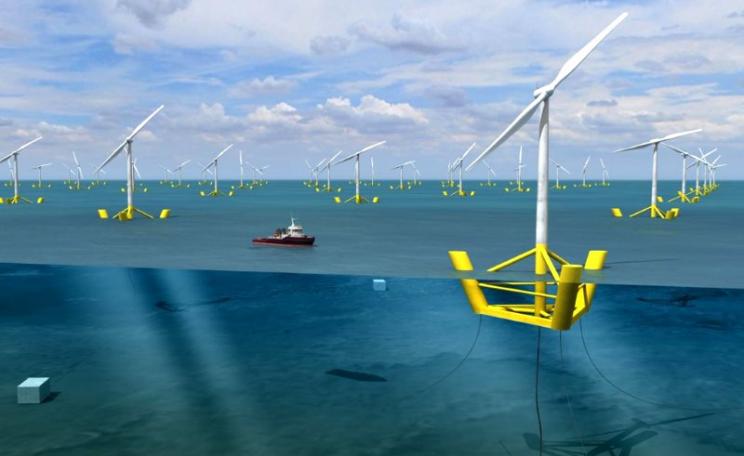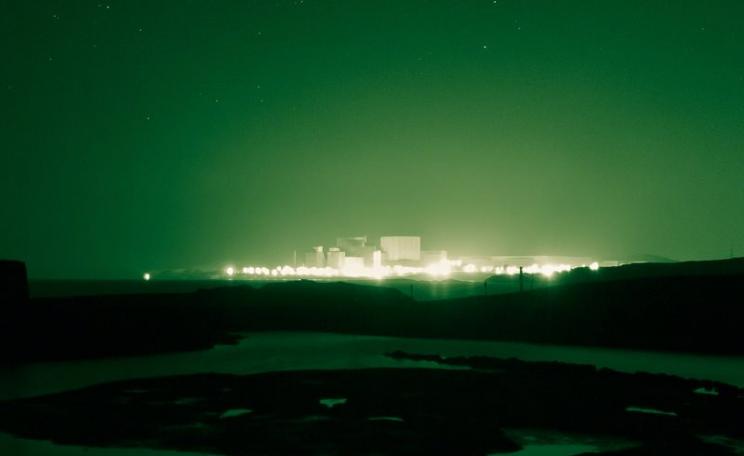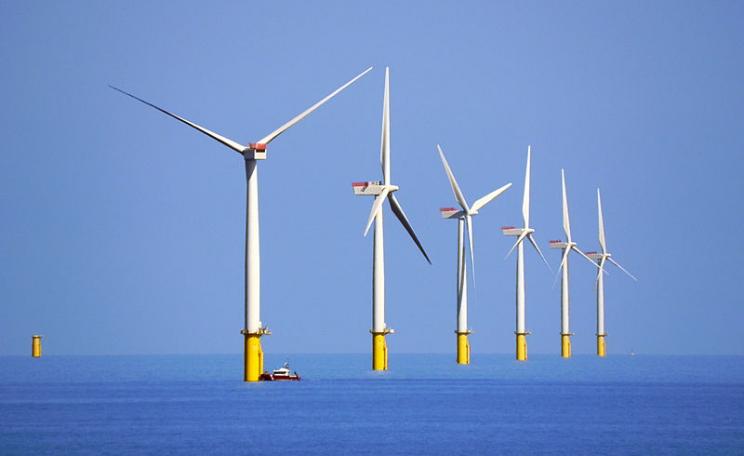The transition to a reliable, balanced green power system will be neither easy nor automatic. But it is technically possible and economically viable. So next time the scaremongers raise the spectre of 'the lights going out', don't be frightened off!
Renewable energy sources currently supply around 23% of global electricity and there are prospects for dramatic expansion.
Up to 50% is possible by mid century and possibly much more, with many scenarios suggesting that 80% or more could be achieved by 2050 in many countries.
However, some renewable sources are variable and intermittent. It seems so obvious that the wind does not blow all the time, and that the sun does not always shine, that critics of the use of renewable energy sources find it easy to be dismissive. For them, a becalmed wind turbine or a solar array in the dark is a symbol of what they perceive to be costly inefficient unreliable technology, based on the use of intermittent sources.
Are they right? In my new book, Balancing Green Power, I look at the issues and conclude that there are many ways in which large contributions from variable renewables can be balanced - so it's not a major problem. Moreover it may not cost too much. Indeed some of the balancing options can save money.
For example smart grid systems can shift demand peaks to times when green energy is cheaper, while supergrids can shift green power from where it's available and cheap to where its scarce and expensive. A recent 'Smart Power' study by the UK government's National Infrastructure Commission claimed that such an approach might actually save £8 billion per year by 2050.
Green gas is the way to cut out fossil fuels
At present most grid balancing is done by ramping fossil fired gas plants up and down, but in future some of these can use green fuels, including storable green gas produced using surplus electricity from wind and solar. The variable output from renewables, with too much being produced sometimes too little other times, can thus be turned from a problem into a solution.
Sounds ideal. But can enough energy really be available to meet needs, including peak demands, when wind and sun inputs to the grid can be low for long periods?
Several studies suggest it can. For example, one high renewables 2050 UK scenario, produced by Poyry consultants, had a large wind capacity in place, 198GW, this along with other renewables, being sufficient to meet most demand most of the time. The wind plants would generate around 120 TWh surplus energy over the year, nearly enough, if converted to hydrogen, to meet low-wind shortfalls at other times.
The remaining gaps, including during peak demand times, could be easily dealt with by a bit of pumped hydro storage, demand side adjustment and supergrid imports. For longer term balancing, the Pyory scenario also retained around 34GW of gas fired plants, just over 11% of the total capacity on the grid.
The transition to a reliable, balanced green power system will be neither easy nor automatic. But it is technically possible and economically viable. So next time the scaremongers raise the spectre of 'the lights going out', don't be frightened off!
A more recent study, by the Energy Research Partnership, came up with a similar figure- there would be a need for around 12% of fossil input to balance a notionally 100% renewable system. However, as a study by the UK Pugwash group argued, if more renewable capacity was added, this residual fossil gas input could be replaced by green gas produced by the extra surplus and from biogas sources.
So assuming demand has also been tamed, with a major energy saving programme, problem solved.
But won't all this grid-balancing cost a fortune? (No)
As for cost, several studies have suggested that balancing high renewable mixes might add around 10-15% to the cost of generation, but than could fall as better technology emerged.
Moreover, since balancing would enable large-scale use of renewables, there will be substantial savings from avoiding the use of fossil fuel, the direct cost of which seem bound to rise long term. If the very large indirect health and environmental costs of using fossil fuels are also included in the assessment, then, the balancing costs would be further offset - even, an IEA study claimed, to the point when they are insignificant:
It does seem that it would be possible to balance a near 100% renewable electricity system at low costs. What about the other forms of energy use? The Pugwash scenario, like the even more ambitious Zero Carbon Britain scenario produced by the Centre for Alternative Technology, also included heat and transport.
Some of these needs were met direct from renewables (solar for heat and biogas for vehicles, both of these being storable) some by renewable electricity. That might be a stretch in the case of transport, depending on how much biomass use was thought to be acceptable. On the heat side, solar and biomass-fired CHP would play a major role, again depending on how much biomass could be used.
However the viability of whole thing would depend how much overall energy demand could be reduced. The Pugwash 2050 scenario assumed a 40% cut. That might need more than just technical efficiency upgrades, but it seems credible, assuming some minor lifestyle changes. Germany and France are both aiming for 50% cuts in energy use by 2050.
The sort of transition to a reliable, balanced green power system outlined above will be neither easy nor automatic. But as my new book shows, it is technically possible and economically viable.
So next time the scaremongers raise the spectre of 'the lights going out' because the wind doesn't always blow, and the sun doesn't always shine, don't be frightened off. We can do it!
Dave Elliott is Emeritus Professor of Technology Policy at the Open University and is active in the renewable energy policy field. See his newsletter and blogs.
Books by Dave Elliott
- Green Energy Futures (Palgrave)
- Balancing Green Power (IOP).







